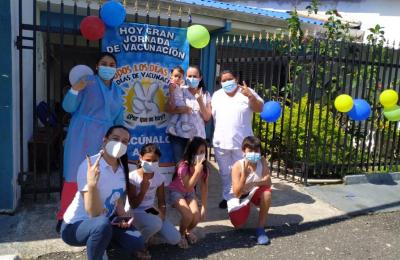Civil society’s role in improving hypertension control in Latin America
Despite effort in Latin America to implement the HEARTS initiative, hypertension control is still inadequate. There are many advances in the medical and technical arena, but little to promote political and systemic change. The vibrant civil society that has advanced policy change in tobacco control, food policy, and other public health initiatives can make a crucial contribution to prioritize hypertension control in the political agenda, ensure sustainable funding, promote the procurement of affordable and effective medications, and expand community demand for action.












